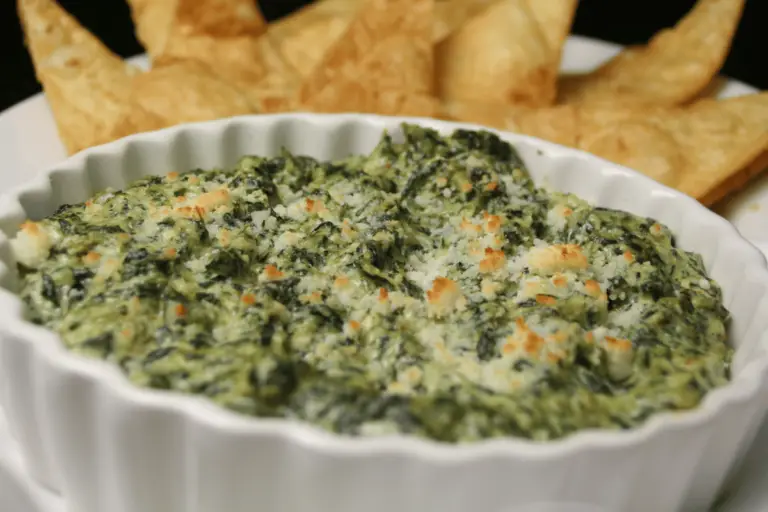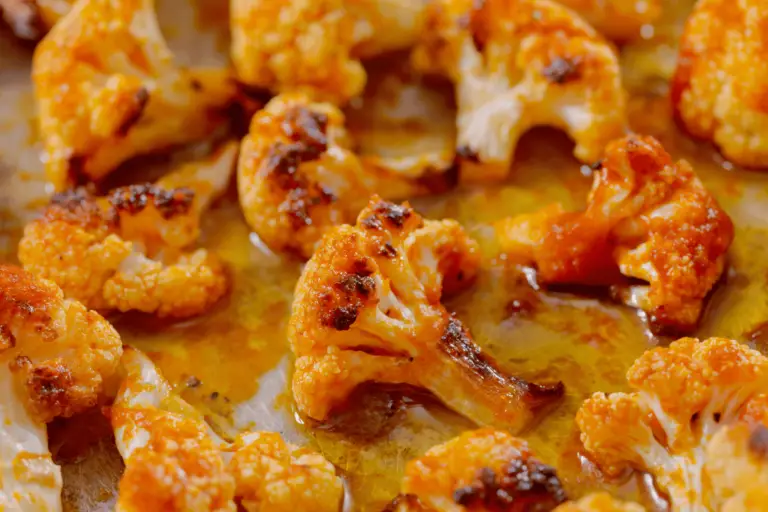Peruvian Leche de Tigre
Unleash the vibrant spirit of Peru with Peruvian Leche de Tigre recipe, a dish that embodies the essence of coastal cuisine. This “tiger’s milk” is the Peruvian chef’s secret to an invigorating and tantalizing appetizer.
Traditionally served in a glass and savored with a spoon, this citrusy, spicy concoction is not only a bold ceviche marinade but also a popular hangover cure.
Total Cooking Time
- Prep Time: 10 minutes
- Cook Time: 5 minutes
- Total Time: 15 minutes
Ingredients List
- 1/2 cup fresh lime juice
- 1/4 cup fish stock or juice from a ceviche
- 1/2 cup chopped fresh coriander (cilantro)
- 1/4 cup finely chopped red onion
- 1/2 fresh chili (like habanero or jalapeño), seeded and minced
- 1 small clove garlic, grated (optional)
- 1/2 inch piece of ginger, grated (optional)
- Salt and black pepper to taste
- 1/4 lb fresh white fish fillet (like seabass or flounder), thinly sliced
- Ice cubes (for chilling)
Step-by-Step Instructions
- Combine Base Ingredients: In a blender, combine the lime juice, fish stock or ceviche juice, coriander, red onion, chili, garlic, and ginger. Blend until smooth.
- Season: Taste the mixture and season with salt and pepper as needed. Blend again to mix.
- Chill: Add a few ice cubes to the blender and pulse a few times to chill the Leche de Tigre without diluting it too much.
- Prepare the Fish: In a bowl, place the thinly sliced fish and pour the chilled Leche de Tigre over the fish, ensuring it’s fully covered.
- Marinate: Allow the fish to marinate for about 3-5 minutes.
- Serve: Pour the Leche de Tigre and fish into small glasses or bowls, ensuring to include pieces of fish and onion in each serving.
Frequently Asked Questions
Why is it called Tiger’s Milk?
The term “Tiger’s Milk,” or “Leche de Tigre” in Spanish, refers to the citrus-based marinade that is pivotal to preparing ceviche, a popular seafood dish in Latin American cuisines, particularly in Peru.
This potent concoction is traditionally made from lime juice, sliced onions, chilies, salt, and the juices released from the seafood as it cures in the acidic mixture. The name “Tiger’s Milk” is believed to derive from its reputed properties as a hangover cure and its invigorating, potent effect on those who consume it.
It’s also thought to be a playful reference to the idea that it gives the drinker the strength or courage of a tiger. Over time, Tiger’s Milk has taken on a life of its own as a popular drink, often served in a glass and consumed either alongside ceviche or on its own as a tonic.
Its high vitamin C content, along with the believed aphrodisiac qualities, contribute to its mythical status in enhancing physical vitality, further cementing its unique and catchy name.
How do you eat Leche de Tigre?
Leche de Tigre, the zesty and spicy marinade integral to making ceviche, is enjoyed in several ways beyond its role in curing seafood.
Traditionally, after the seafood has been marinated to perfection, some enthusiasts drink Leche de Tigre directly from the bowl as a bold and invigorating shot, relishing its intense flavors and reputed health benefits, including its status as a hangover cure.
In many Peruvian restaurants, Leche de Tigre is also served in small glasses as an appetizer or a standalone drink, often garnished with bits of seafood, corn, onion, and cilantro to make it a more substantial treat.
Additionally, it’s not uncommon to see it offered in more refined versions, sometimes blended until smooth and served in elegant glasses.
Beyond its consumption as a liquid, Leche de Tigre has inspired various culinary creations, including sauces and dressings that capitalize on its vibrant, tangy, and spicy profile, showcasing its versatility in both traditional and modern Peruvian cuisine.
What is Leche de Tigre Made Of?
Leche de Tigre, or Tiger’s Milk, is a potent marinade that serves as the foundation of classic Peruvian ceviche and is celebrated for its sharp, tangy, and spicy flavor profile.
At its core, Leche de Tigre is made from fresh lime juice, which provides its characteristic acidity. To this, sliced or chopped onions, minced garlic, sliced or diced chilies (such as aji limo or habanero, depending on the desired heat level), and salt are added, creating a vibrant mix of flavors. Coriander (cilantro) is often included for a fresh, herbal note.
The mixture may also contain fish stock or the juices released from the seafood as it “cooks” in the acidic lime juice, further enhancing the depth of flavor. Some versions include ginger for an additional zesty kick.
Over time, chefs and home cooks have experimented with Leche de Tigre, adding various ingredients such as celery, bell pepper, or tomato to tailor the flavor to specific dishes or personal preferences.
Regardless of the variations, the essence of Leche de Tigre remains its lively, refreshing taste and its ability to cure seafood, transforming it into the beloved dish known as ceviche.
Where did ceviche originally come from?
Ceviche, a renowned seafood dish characterized by its use of fresh fish marinated in citrus juices, is most commonly associated with Peruvian cuisine, where it holds the status of a national dish.
However, the origins of ceviche stretch back over thousands of years, with evidence suggesting that earlier versions of this culinary tradition were present in the ancient coastal societies of present-day Peru and Ecuador.
These early iterations likely involved the use of the local “tumbo” (passionfruit banana) for its acidic properties to cure the fish.
The Moche civilization, which thrived in northern Peru between the 1st and 8th centuries, is known to have prepared fish with fermented juice from local banana passionfruit.
The introduction of citrus fruits by the Spanish conquistadors in the 16th century significantly transformed the dish into something closer to the ceviche we know today, utilizing the acidic juice of limes and lemons to “cook” the fish.
This technique not only preserved the seafood but also imbued it with a distinct, tangy flavor that has become a hallmark of the dish.
While ceviche has evolved and spread throughout Latin America, adopting various regional ingredients and variations, its roots are deeply entwined with the history and culinary traditions of the ancient coastal communities of South America.
Today, ceviche is celebrated not only in Peru but across the globe, where it is admired for its simplicity, freshness, and vibrant flavors.
Helpful Resources
- Everything you need to know about Leche de Tigre
- All our appetizers
Wrap-Up
Your Zesty Zeal: Peruvian Leche de Tigre is ready to serve! This dish is not just a meal but an experience, with each spoonful bursting with the fresh flavors of Peru. Whether you’re looking for a cure to yesterday’s excesses or an appetizer that will awaken all your senses, Leche de Tigre is your go-to concoction.
Enjoy this Peruvian delight and let the tiger’s milk whisk you away to the shores of Lima with every zesty sip!








